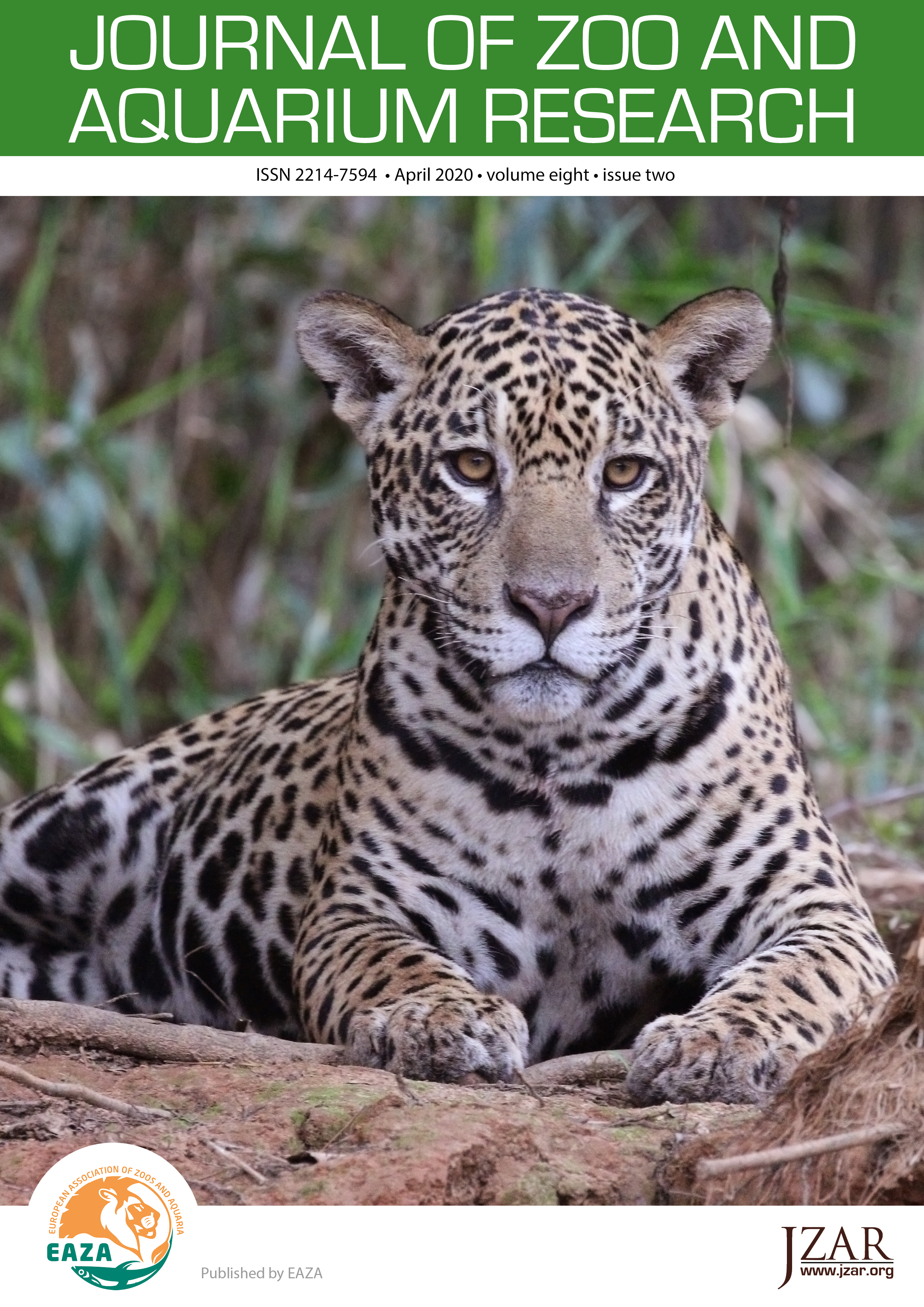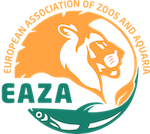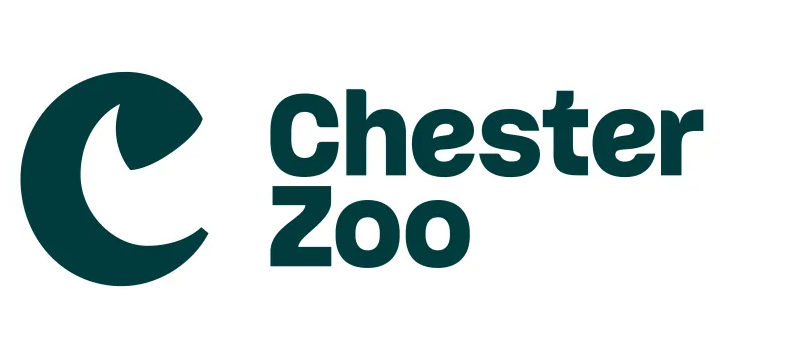Hand-rearing protocol and comparison of growth rates in parent reared versus hand reared offspring: a case study in Callicebus cupreus
DOI:
https://doi.org/10.19227/jzar.v8i2.469Keywords:
Callicebus cupreus, coppery titi, hand reared, parent reared, growth rateAbstract
The European Endangered Species Programme (EEP) for coppery titi monkeys (Callicebus cupreus) has a total population of 90 individuals within zoos that suffer from low reproduction rates and high neonatal mortality. Bristol Zoo Gardens (BZG) housed a breeding female from 2012 who first showed signs of pregnancy in 2017. During parturition, the female died from shock secondary to uterine prolapse. In order to ensure the survival of the infant it was hand-reared. This infant offered the opportunity to trial a hand-rearing protocol for Callicebus. The aim of this publication is to report the first detailed hand rearing protocol for the species and to compare the growth rates of two hand-reared infants against and seven parent-reared titi monkeys using information on growth rates gathered using ZIMS. Day had a significant effect on the weight of both hand-reared and parent-reared titi monkeys (F(1,57)=919.3, p<0.001, np2 =0.942). Parent-reared titi monkeys had significantly higher growth rates (457.9±9.3) compared to the hand-reared (390.7±11.1) titi monkeys (F(1,57)=19.804, p<0.001, np2 =0.258). Despite the differences in growth rates between the hand-reared and mother-reared infants the rearing protocol used was considered successful due to the infant being the first hand reared coppery titi monkey to survive to adulthood without any nutritional deficiencies. Further research is needed to develop this protocol to include more natural feeding and socialisation procedures to improve hand reared coppery titi monkey growth and development in captivity and other Callicebus species in the future.
Downloads
Published
How to Cite
Issue
Section
License
JZAR fulfils the DOAJ definition of open access and provides free and open access to the full text of all content without delay under a Creative Commons licence. The copyright holder of JZAR publications grants usage rights to third parties, allowing for immediate free access to the work and permitting any user to read, download, copy, distribute, print, search, or link to the full texts of articles.







